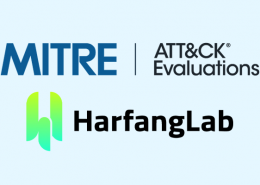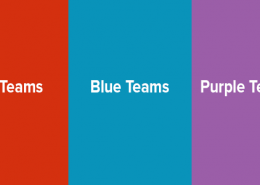 https://www.ikarussecurity.com/wp-content/uploads/2025/03/IMG_2888-1200.jpg
900
1200
IKARUS
https://www.ikarussecurity.com/wp-content/uploads/2025/02/IKARUS-Security-Software-4-1.png
IKARUS2025-03-27 13:29:322025-03-27 13:29:33IKARUS Supports HTL Project FENRIR as Partner and Sponsor
https://www.ikarussecurity.com/wp-content/uploads/2025/03/IMG_2888-1200.jpg
900
1200
IKARUS
https://www.ikarussecurity.com/wp-content/uploads/2025/02/IKARUS-Security-Software-4-1.png
IKARUS2025-03-27 13:29:322025-03-27 13:29:33IKARUS Supports HTL Project FENRIR as Partner and SponsorInformation Disclosure Vulnerabilities are weaknesses that lead to the unintended exposure of internal system or user data. These silent risks are less visible than classic attack vectors like ransomware, but their invisibility makes them particularly dangerous: they provide attackers with valuable information for targeted follow-up attacks.
What Are Information Disclosure Vulnerabilities?
Information disclosure vulnerabilities occur when systems inadvertently reveal sensitive information. This includes technical metadata such as software versions or internal file paths, as well as personal data like email addresses or API keys. Such details can offer attackers a significant strategic advantage.
A typical example would be a web application that displays debug information in the event of an error. Through this, attackers might identify the database version used and exploit known vulnerabilities. A prominent case is the GitLab vulnerability CVE-2020-10977, which allowed attackers to extract email addresses via the issue-tracking feature. [1]
The Underestimated Risk: Strategic Use of Disclosed Data
The mere existence of exposed data is only part of the problem—the real danger lies in its strategic exploitation. Attackers actively analyze disclosed information to identify vulnerabilities, craft targeted attack strategies, or even gain direct access to systems.
In 2023, for example, a misconfigured Elasticsearch instance at security provider DarkBeam exposed access to 3.8 billion records—including internal logs, access credentials, and vulnerability scans . [3] Similarly, a major data leak at Austria’s GIS agency revealed a database of all fee payers freely accessible online, highlighting the scope of such missteps. [4].
In some cases, these disclosures don’t just enable reconnaissance—they lead to immediate system compromise. This can happen when publicly accessible API keys or .env files containing production credentials are found in Git repositories, or when verbose error messages expose exploitable SQL statements.
Tools like Shodan.io make it even easier for attackers to find exposed systems running outdated software, open ports, or insecure default configurations. These systems often serve as launchpads for more aggressive attacks, such as SQL injection, credential stuffing, or business email compromise.
Causes and Common Sources of Error
Most of these cases stem from human error and inadequate processes, such as:
- Misconfigurations, particularly in cloud environments,
- Overly detailed error messages in production systems, or
- Outdated software and poor patch hygiene.
According to the OWASP Top 10 (2021), insecure configurations are among the most critical security issues in modern applications. [2]
Proactive Protective Measures
An effective defense strategy against information disclosure vulnerabilities requires both technical and organizational actions:
- Security by Design: During development, sensitive data should be classified and protected through encryption or masking. The OWASP ASVS framework provides valuable guidelines here. [5]
- Hardened Configuration: Servers should be configured based on established standards such as the CIS Benchmarks. [6] Key measures include disabling directory listings and blocking unnecessary HTTP methods.
- Security Headers: HTTP response headers like Content-Security-Policy or Strict-Transport-Security protect against cross-site scripting, clickjacking, and data leaks over insecure connections. [7]
- Secure Error Messages: In live systems, error messages should be generic (e.g., “An error has occurred”), while detailed logs should be securely stored and analyzed.
- Patch Management & Vulnerability Scanning: Automated processes help to quickly fix security gaps, especially crucial for internet-facing systems.
- Monitoring and Testing: Regular penetration testing and the use of dynamic analysis tools such as OWASP ZAP reveal vulnerabilities missed by static analysis. APIs deserve particular attention, as they are often poorly secured. [8].
Conclusion: Security Culture Over Quick Fixes
Information disclosure is rarely the final stage of an attack—it’s often the beginning. The challenge lies in the variety of potential causes and the seemingly trivial nature of the information exposed. This makes it all the more important for companies to foster a security culture beyond technical measures. Training, automated compliance checks, and a deep understanding of attack mechanisms help to sustainably reduce even subtle risks.
The less an attacker knows about internal structures, the harder it becomes to compromise a system. A clear information hygiene policy is not a luxury—it’s a fundamental line of defense.
Recommended articles:
Elevation of Privilege (EoP): Risks, methods and protective measures
Living Off the Land attacks
Business Email Compromise: Risks, trends and defences
Sources:
















